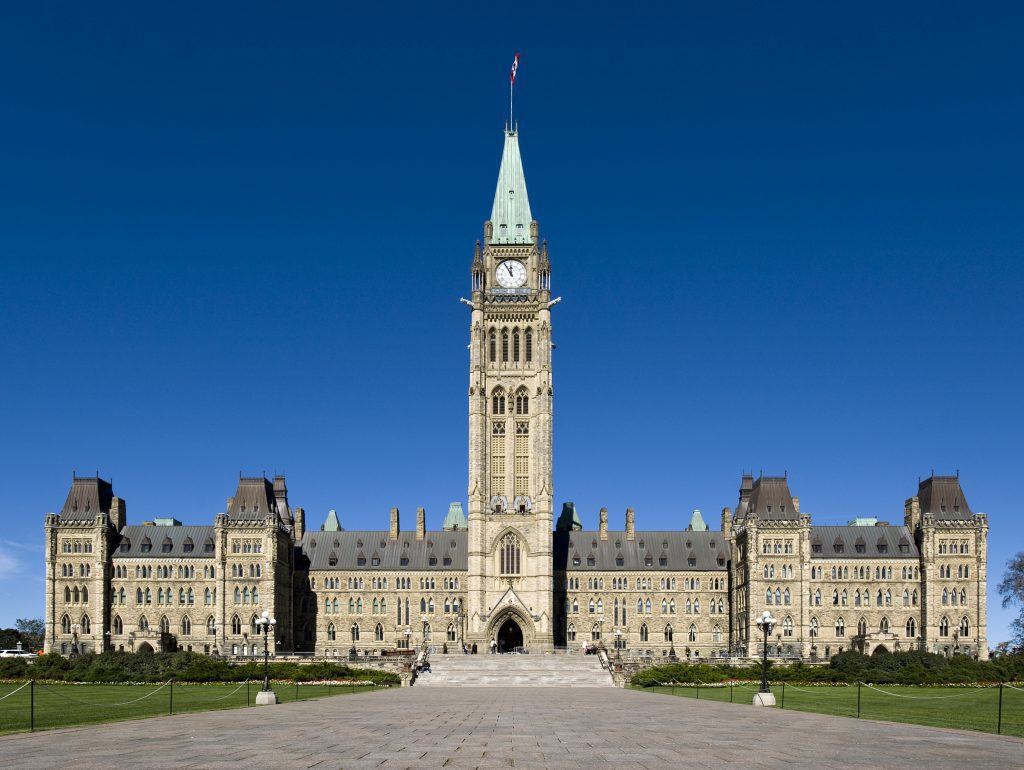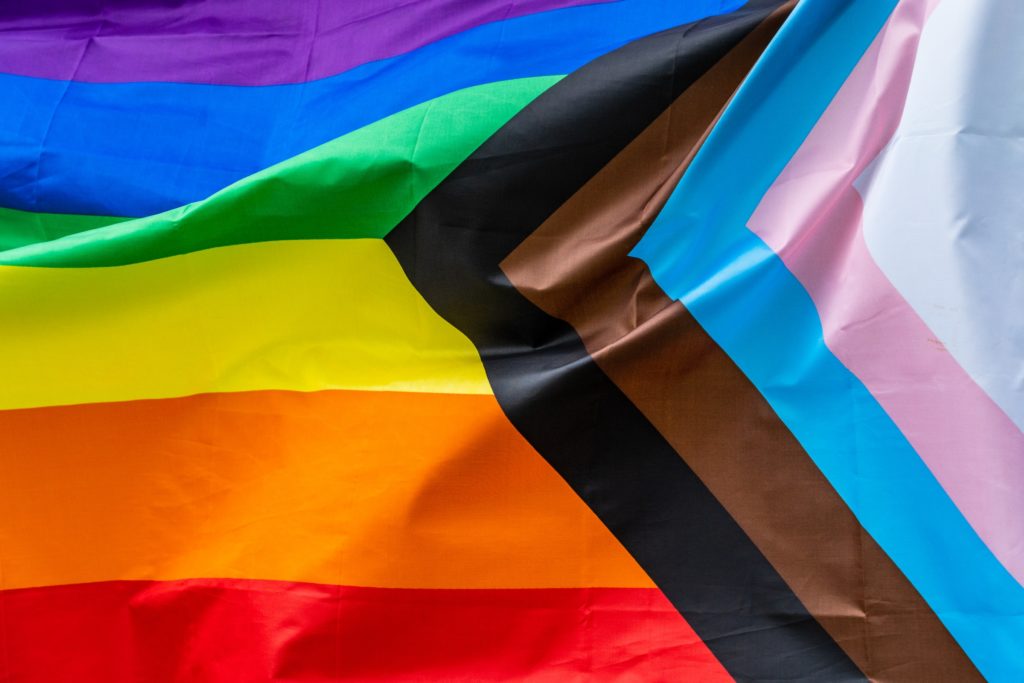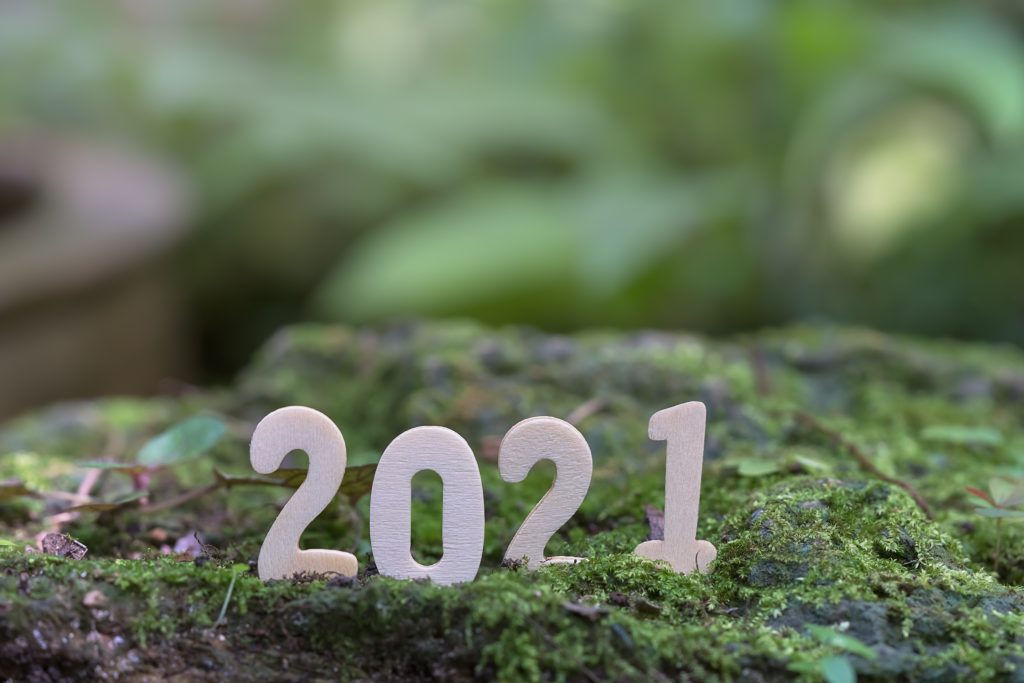2017 was a big year for environmental news. The Energy East pipeline was cancelled, record low prices were set for solar and wind power, EVs were rolling out around the planet, an enhanced and expanding Greenbelt was announced for the Greater Toronto and Hamilton Area, and the Canadian government promised a new law to protect Canadians from toxic chemicals.
With the year wrapping up, now is a good time to look ahead to what the New Year could bring. While I don’t have a crystal ball, I think we can expect some real progress in a few areas and still a lot of work that needs to be done in others.
Here’s our list of the Top 10 environmental stories (listed from the bottom to top) that you might see in the news in 2018:
10. Parks and marine conservation
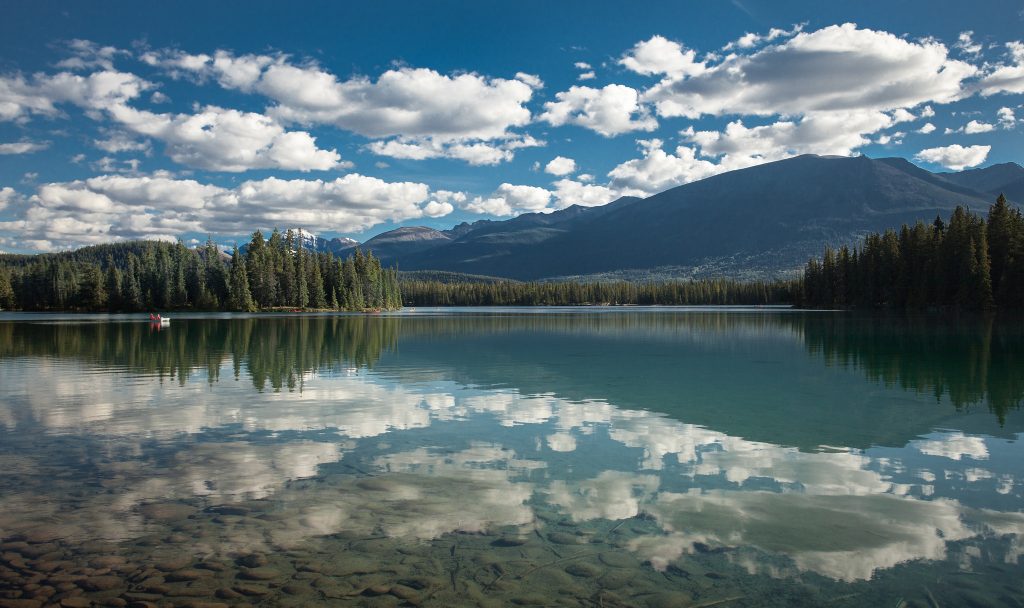

Canada will change its course by launching a plan to achieve its international commitments to protect 17 per cent of the country’s land area from industrial activity and settlement. (We’re currently at about 12 per cent.) Progress will also be made toward protecting 10 per cent of oceans by 2020.
9. Forests
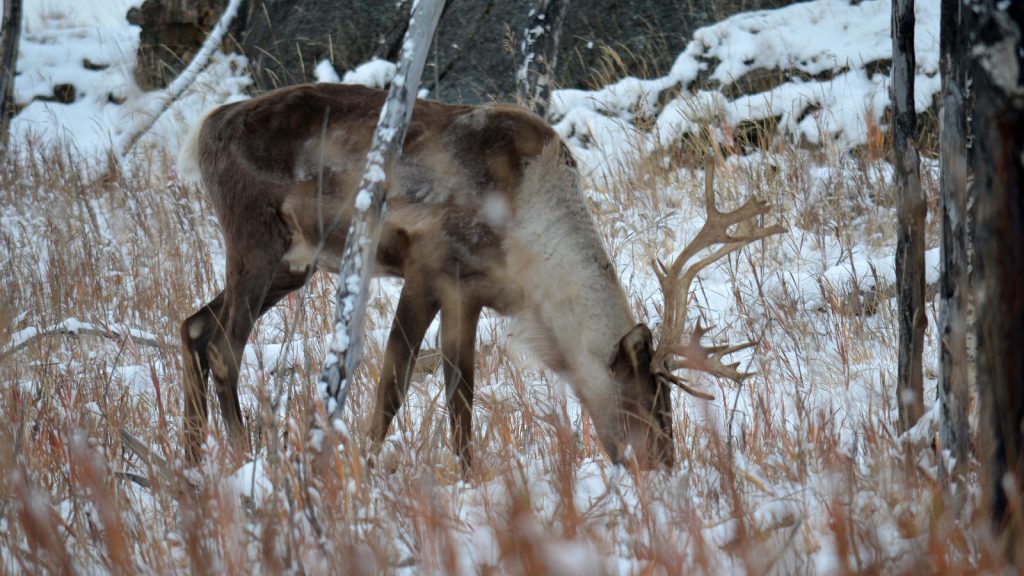

Caribou are the canary in the boreal forest mine and 2018 will reveal that government and some forest companies have been dragging their heels to protect this species. The forest industry will also try to convince Canadians that logging more forests is the best way to combat climate change — good luck with that.
8. Wacky weather


Our weather will get weirder. Expect more heavy rainstorms and extreme drought (perhaps in the same place in the same year) that will impact humans and economies. Look for people and governments to talk more about adapting to climate change. Some ways to do this will include protecting, enhancing, and restoring natural sources of resiliency such as wetlands, deltas, swamps and forests. Nature can stop flooding and drought much better and cheaper than we can with concrete and construction.
7. No nukes
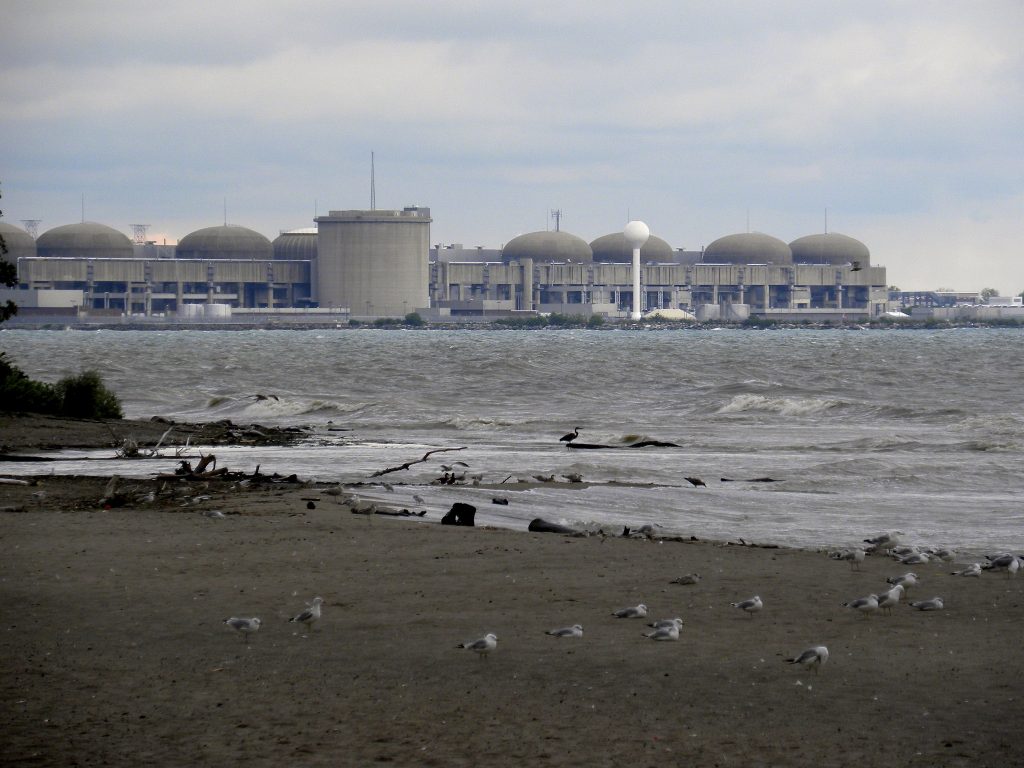

The decline of the nuclear industry around the world will continue over concerns about risk, cost, and storage of waste. Canada will find no buyers for its CANDU reactors. This will force decision makers to start to face the reality that renewables, a smart grid, and storage are a cheaper, safer and more flexible replacement for nuclear energy.
6. Urban Sprawl and land conservation
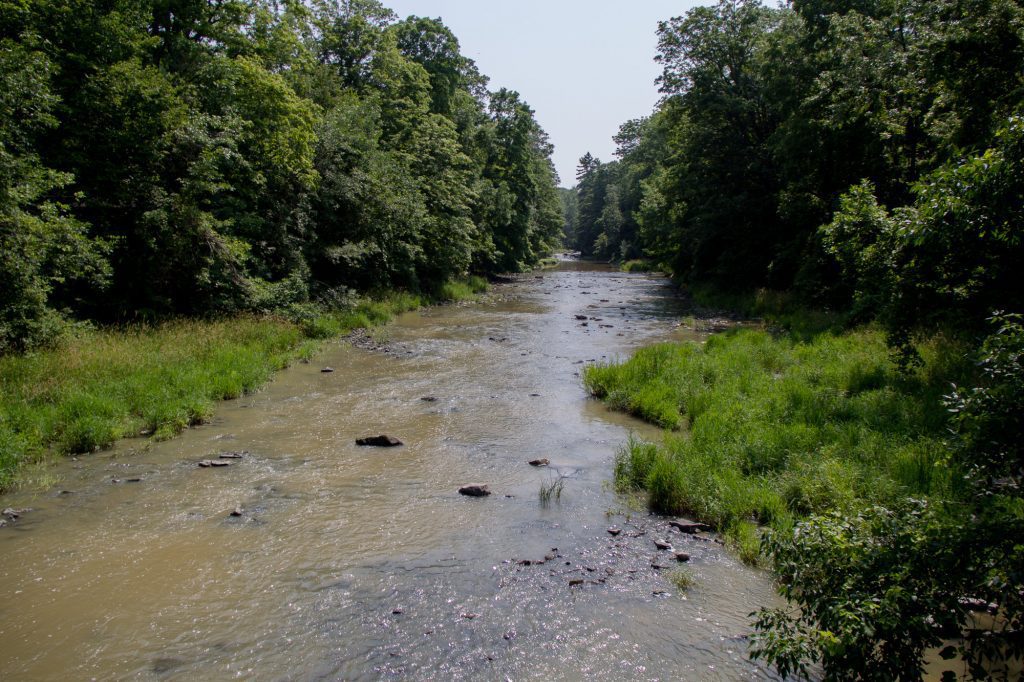

In Ontario, Halifax, B.C. Lower Mainland, and Calgary sprawl is eating up farmland and natural areas. Ontario’s discussion of Greenbelt expansion, plus a new Growth Plan that requires greater urban densities and better protection of nature, will be seen as a model for other parts of the country.
5. Pesticides that kill what they are not supposed to
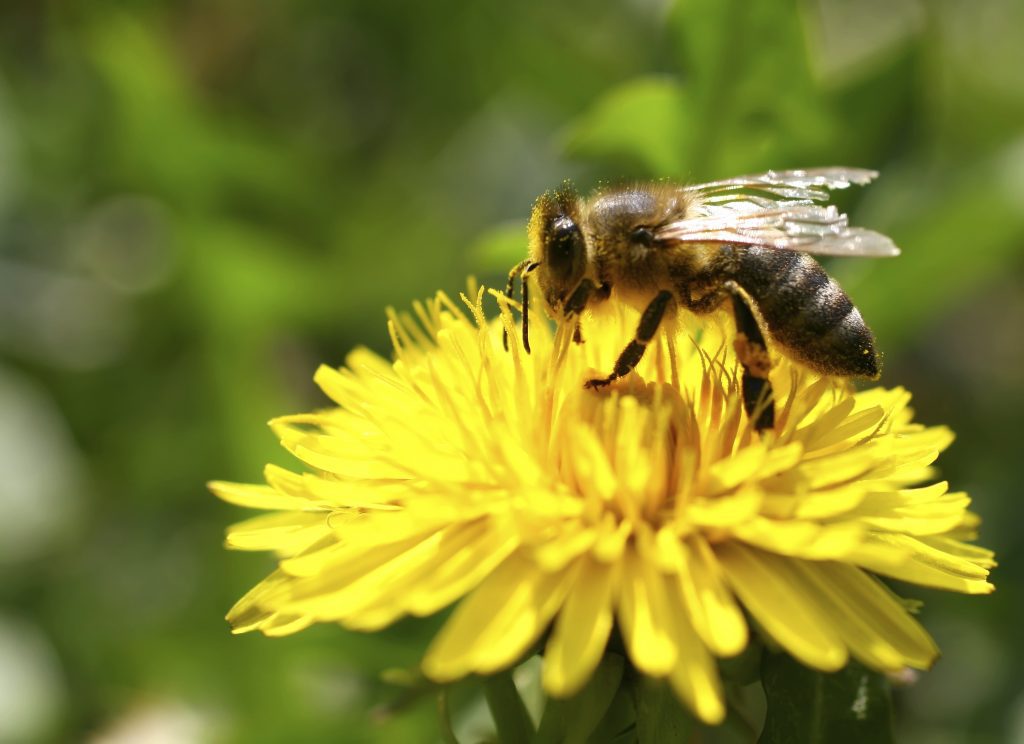

Scientific evidence that neonicitinoids (or neonics) are killing and harming pollinator insects like bees will continue to grow. This will create more pressure on the federal and provincial governments to act. Widespread use of glyphosate (a type of herbicide), and its impacts on human and ecosystem health, will also come under scrutiny.
4. Toxic chemicals in the things you eat and wear


The federal government will finally introduce new legislation to protect Canadians from toxic chemicals like BPA, phthalates, formaldehyde, and the dry cleaning chemical PERC. The Ontario government will also provide more information to consumers about toxics in products. Look for product labels similar to California’s proposition 65.
3. Plastic waste
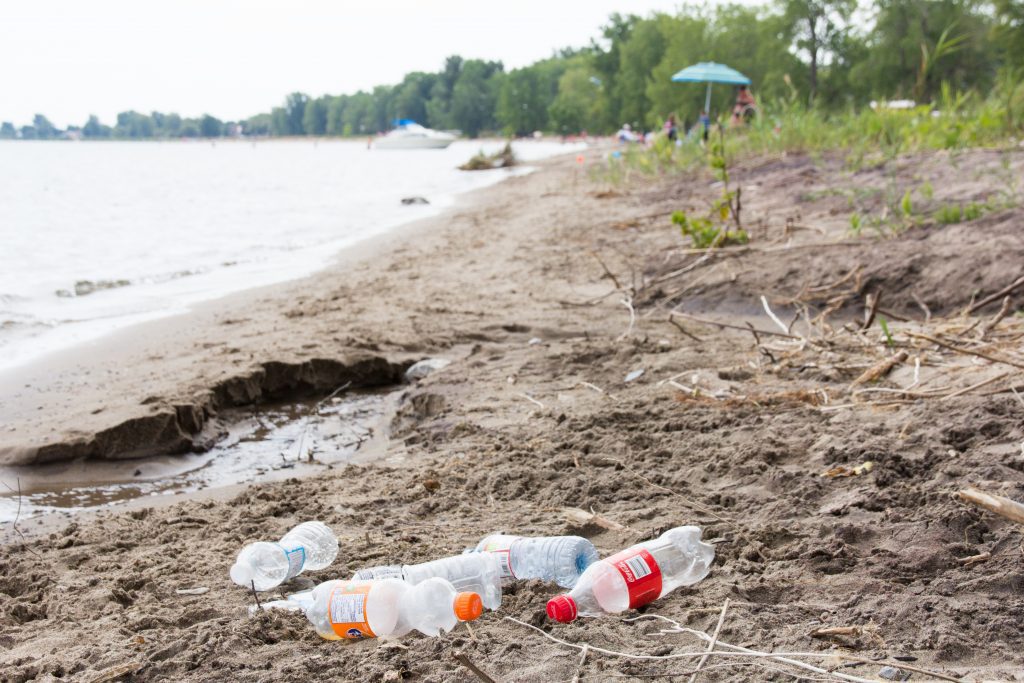

People are getting fed up with the billions of tonnes of plastic that end up on our lands and in our lakes and oceans every year. Watch for pressure on bottling companies, like Nestlé, Coca-Cola, and Pepsi, to take responsibility for their plastic bottles by ensuring they are recycled. Expect greater public demand for a full ban on plastic bottles the longer the problem remains unaddressed.
2. Aboriginal treaty rights


The Supreme Court has handed down several decisions that make it clear that provinces and companies must address First Nation concerns and treaty rights. Our prediction is that government and companies that continue to ignore these rights will have their projects blocked by courts.
1.Climate
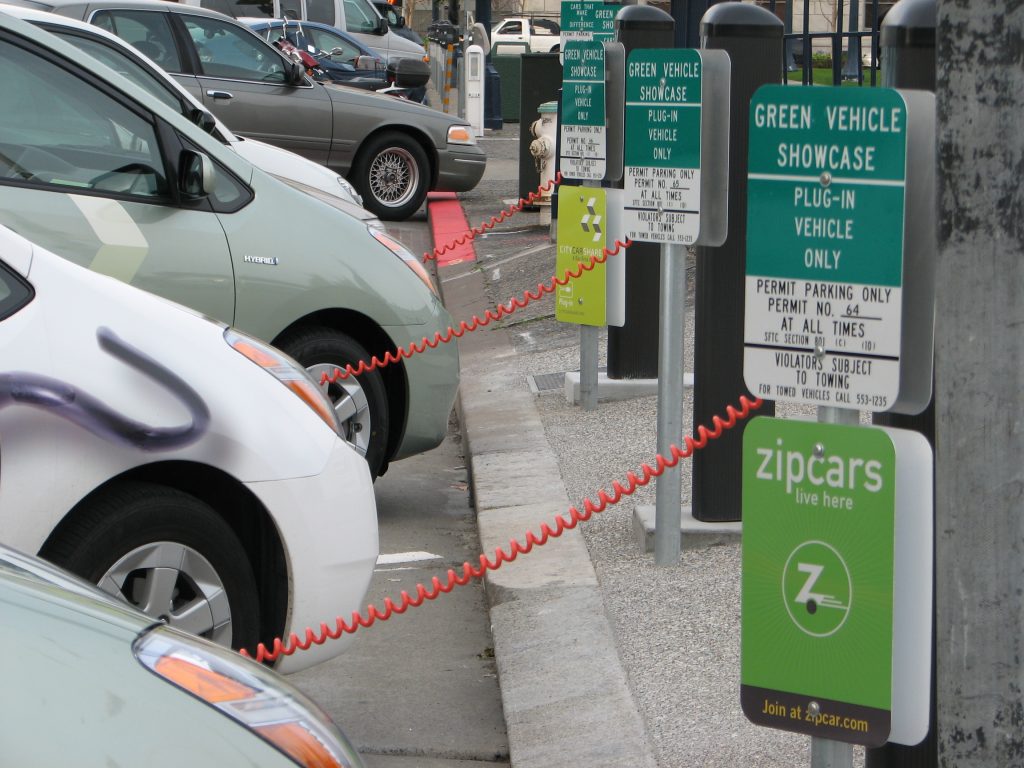

Pipeline projects like Keystone XL and Kinder Morgan will still be in the news in 2018 as symbols of the fight to stop fossil fuel expansion. However, there will also be emerging stories about increased climate action at the federal and provincial levels. Particularly interesting will be the rapid decrease in the price of renewable energy and EVs, the rapid movement of global capital away from fossil fuel investments, and public demand to shift government subsidies of fossil fuel projects to job creation in the clean economy.
As you can see, 2018 is going to be a very exciting year on the environmental front. Looking ahead, all of us at Environmental Defence have a lot that we want to accomplish (take a look at our wish list). And with your help, we can make it happen. This holiday season, please consider making a gift to support our work.
See you all in 2018!




